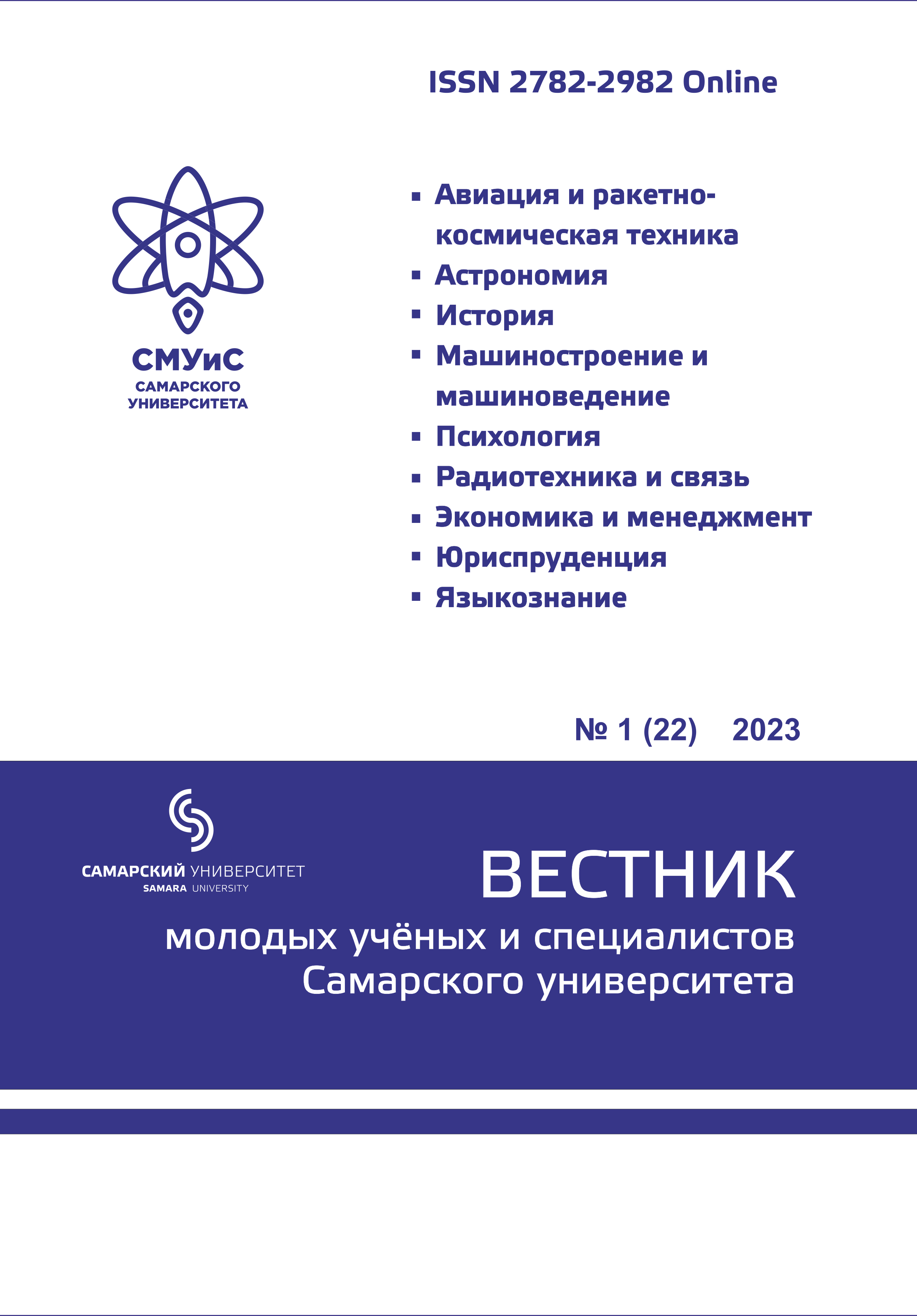IS THE METHOD OF GRAVITATIONAL MICROLENSING AN EFFECTIVE TOOL FOR SEARCHING AND STUDYING THE PROPERTIES OF A MASSIVE DARK BODY AT THE PERIPHERY OF THE SOLAR SYSTEM?
- Authors: Philippov J.1, Shchepalova M.V.1
-
Affiliations:
- Samara University
- Issue: No 1(22) (2023)
- Pages: 23-38
- Section: Astronomy
- Published: 29.12.2023
- URL: https://vmuis.ru/smus/article/view/21496
- ID: 21496
Cite item
Full Text
Abstract
In the work a quantitative analysis of the photometry of the Gravitational Microlensing Phenomenon (GMP) of a background star of the Milky Way by a Massive Dark Body (MDB), located on the Solar System Periphery (SSP) are made in the case of five model bodies. The total luminous flux and its magnification (A) are calculated. Formulas for the microlensing time (T0) and mass of microlens are obtained. It is shown that in the case of the Nemesis/Tyuche models, the strong microlensing for their registration are realized almost in the entire Space of Model Free Parameters (SMFP) and optimal conditions of registration are achieved at the upper boundary of the Interval Possible Values of Heliocentric Distances (IPVHD). In this case, the magnification can reach values A = 45/16, at T0 = 19.3/9.33 days. In the case of Tyche, it is possible to observe the anti-shadow effect, which is a
special feature of its discovery. Only weak gravitational microlensing is possible to registration of Planet Nine-1, Planet Nine-2 and the Alternative Transplutonian Planet (ATP) in the part of the SMFP, and the shadow effect can be fixed at the close approach of the MDB and background star. The most rigid framework for the possibility of experimental observation phenomenon are determined by the T0
parameter (T0 > 1 hour). The probability of this phenomenon occurring at a given moment and the average time between such events are estimated. It is shown that the method of gravitational microlensing
(MGML) is effective in MTT search when using of background stars of the Milky Way arch or globular star clusters. It has been proven that MTT can be registered with the highest probability on the background stars of the Milky Way arch (the latter does not exceed 4.53 · 10−5 for all model bodies). The minimum time (80÷120 days) between two successive microlensing events is achieved in the case of MDB projection onto one of the known globular clusters. The value of time is comparable or even less than the duration of modern microlensing experiments. Thus, the MGML is an effective and promising tool for searching and studying the properties of MDB on the SSP.
Full Text
См. пдф-файл
About the authors
Jury Philippov
Samara University
Author for correspondence.
Email: yuphil@mail.ru
доцент кафедры общей и теоретической физики, к.ф.-м.н.
Russian FederationMaria Vasilevna Shchepalova
Email: 6carjennfax9@mail.ru
Supplementary files






